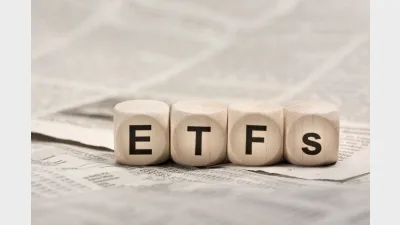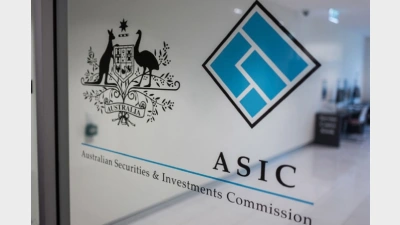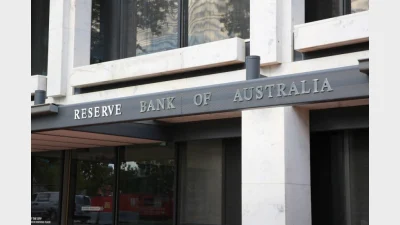ASIC re-states HFT problem has been overstated
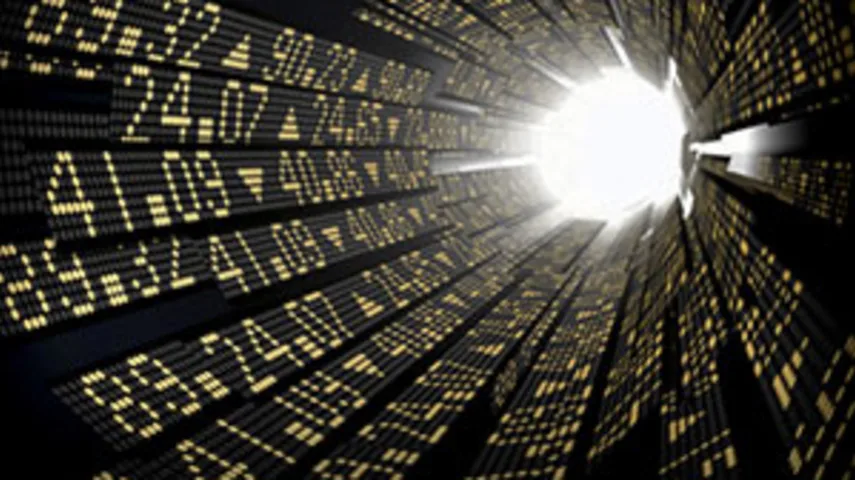

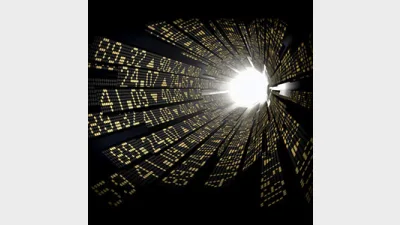
The Australian Securities and Investments Commission (ASIC) has rejected claims that high-frequency trading (HFT) is a serious problem in the share market in releasing its new rules around HFT and dark liquidity.
Launching the new market regulations today, ASIC Commissioner Cathie Armour said the introduction of the new rules followed internal analysis by two teams within ASIC as well as consultation with the industry.
ASIC stated on its information webpage relating to dark liquidity and HFT that it "did not find any fundamental deterioration of market quality or systematic abuse that threatens the integrity of our market. In fact, we found that the Australian market is generally of high quality and integrity".
It also stated that "public concerns over HFT appear to have been overstated and can be attributed to the increasing use of trading technology by investors generally".
Earlier this year Industry Super Network (ISN) claimed that high frequency trading (HFT) was creating a stock market that catered to speed and not capital allocation and called for it to be banned. However, ASIC rejected that call at the time.
In releasing the new rules ASIC will require dark liquidity and high frequency traders to make additional disclosures about where and how they are trading and that they operate under harmonised trading rules across exchanges.
The changes, which will be introduced in stages over nine months, will require those engaged in dark liquidity trading to publish information on a website about their crossing system from November 2012. They must disclose to clients the operation of the system from February 2014 and identify in trade information for wholesale clients the crossing system from May 2014. Trading system providers will also have to monitor and report on suspicious activity within the system from May 2014.
HFT market participants will be required to consider whether a false or misleading market has been created by a trade — and also consider the frequency with which orders are placed, the volume of products that are the subject of each order and the extent to which orders made are cancelled or amended relative to the orders executed from February 2014.
They will also be subject to harmonised rules from February 2014, such as those currently apply to the ASX and Chi-X markets, to prevent manipulative trading.
Dark liquidity refers to buy and sell orders that are not visible to the rest of the market, although the trades are published after they take place and are usually carried out away from exchange markets and are accessible only to a subset of the market.
High-frequency trades use computer algorithms to generate buy and sell orders on markets that can be entered and amended faster than orders generated by people. High-frequency traders tend to trade on both sides of the market, in order to profit from incremental price differences, rather than to look for underlying value.
Recommended for you
The structural shift towards active ETFs will reshape the asset management industry, according to McKinsey, and financial advisers will be a key group for managers to focus their distribution.
ASIC has warned that practices across the $200 billion private credit market are inconsistent and, in some cases, require serious improvement.
A surge in electricity prices has driven the monthly Consumer Price Index to its highest level in a year, exceeding forecasts.
Infrastructure well-positioned to hedge against global uncertainty, says investment chief.


